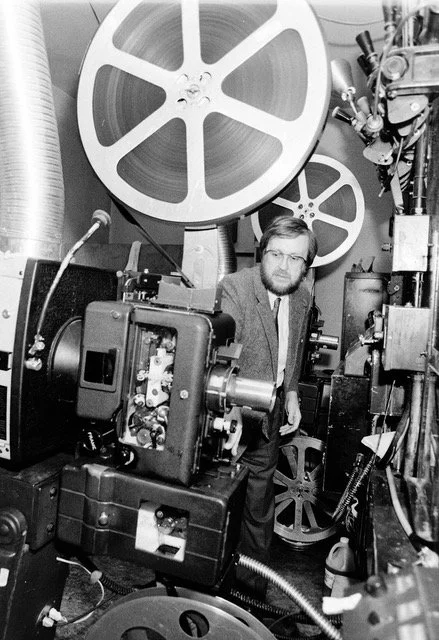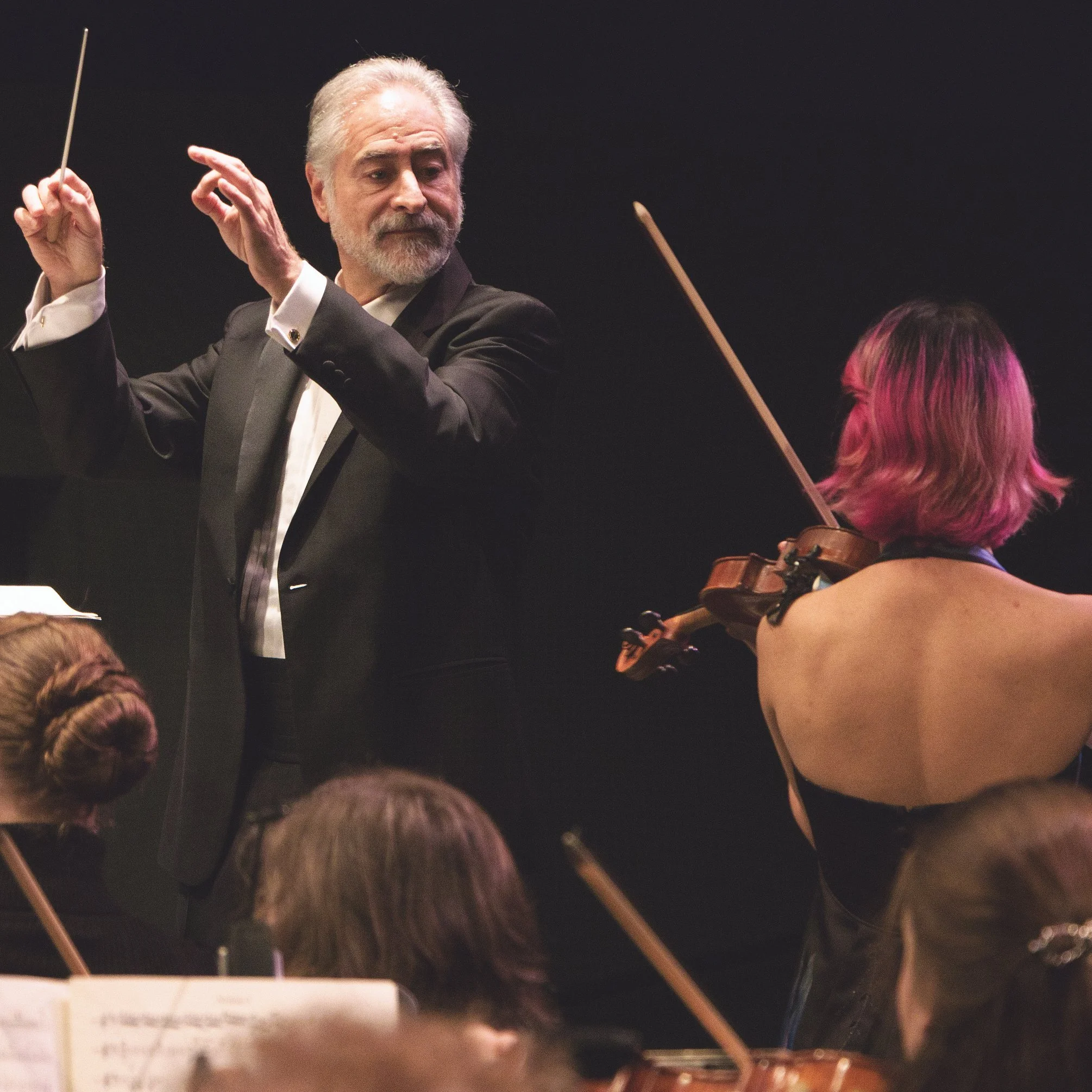that’s entertainment!
West Sound theaters & symphony celebrate 80 years.
Words by Richard Rosenthal
Illustration: Alex Sanso
The December 7, 1941 attack on Pearl Harbor changed the lives of most Americans, and the citizens of Bremerton were no exception.
Home to the Navy Yard Puget Sound (as it was known at the time), the facility’s mission was the repair of battle damage to ships of the U.S. fleet and its allies. In 1940, the population of Bremerton was recorded at 15,134 in the census. By the end of the war, the population had climbed to over 82,000, an astounding five-fold increase. With the population boom came a need to provide social activities for off-duty shipyard workers and sailors. Many of those facilities are long gone, but several have survived due to the hard work, dedication, and perseverance by local groups. Celebrating their 80-year anniversary, this year or next, are the Admiral Theatre, the Historic Roxy Theatre and the Bremerton WestSound Symphony.
The Admiral Theatre
The Admiral Theatre opened in May,1942. It was in the early months of America’s entry into WWII, and according to Nate Murphy, the theater’s marketing director, an act of Congress was needed to complete the marquee because steel rationing had gone into effect. The theater was in continuous operation until 1989, when it closed. Murphy explains, “During the 80’s, to keep up with the multiplexes, they actually split the balcony into two theaters and had the main theater on the ground floor. I’ve seen some of the renovation photos from the 90’s. It was a horrible idea, because each theater could hear the movie next door.”
“In 1990, Ike Parker, who owned Parker Lumber, started gathering people together to save the theater. They first talked about bringing it back to the original Art Deco palace status, but the quote was over $12 million. The idea then shifted to flattening the floor and putting in tables and chairs for a more cabaret-like setting, and the whole renovation was done for $4.2 million. We still have the original 35mm film equipment, which we’ve used on occasion to show older films."
While the theater still shows films, today’s mainstay is live events, from the regional Kitsap Opera to internationally known artists such as blues guitarist Robert Cray. Brian Johnson is the Executive Director of the Admiral Theatre Foundation and when asked how he persuades major artists such as Cray, Lyle Lovett and John Hiatt to come to Bremerton, he says “I’ve been doing it a long time and have a lot of relationships, so that helps. We get a lot of shows here that probably wouldn’t play this far away from Seattle. We did an audit of our ticket holders by zip code, and we had an amazing 217 zip codes. It’s people coming in from all over the country, the folks who follow a band around. Or, if we’re the only West Coast date for a tour, we’ll have people come in from east of the Cascades to catch a concert.”
From the front of the stage to the back row is only 90 feet. When the comment is made to Murphy and Johnson about how the old cliche “there isn’t a bad seat in the house” applies, they point up to a far corner. “Actually there is one seat, up there next to the sound board...when you see a seat advertised as ‘restricted view,’ that’s the one!” Everyone gets a good laugh, but agrees that yes, the Admiral is a wonderful venue with an amazing history; a magical place to see a live event.



The Roxy Theatre
The Historic Roxy Theatre opened in May, 1941, slightly predating America’s entry into WWII. It was designed by Bjarne H. Moe, who was one of the Pacific Coast’s foremost theater architects. Steve Sego is Chairman of the Roxy Bremerton Foundation, and was instrumental in saving the theater from demolition. “We’ve raised a lot of money through grants and fundraising campaigns, and have put a ton of work into the building.”
As with any structure that is 80 years old, there was much work to be done. As an example of the challenges, Sego points to the chandelier in the lobby. “It had been removed from the building. The last tenant was a church and they were falling on hard times and they allowed a local picker to come in and take a bunch of things from the building. Handrails, sconces, things like that. We found the chandelier in a farmer’s field in Silverdale. The marquee is a reproduction, but a very accurate one. The blade sign was solely recreated from photographs, as what was up there at the time of renovation didn’t look anything like the original.”
"After eight decades of use, the original seats were falling apart," Sego continues. "We raised the money to replace them with modern, functional seats. I think people were smaller back in the day because your knees were pretty much in your face, so we increased the width of the rows. There was no modern HVAC system, just an old swamp cooler, so we installed air conditioning and we put in state-of-the-art sound and lighting equipment.”
Those who grew up in Bremerton feel a special connection to The Roxy. “We know that both Bing Crosby and Frank Sinatra performed here, probably back in their early days. I saw Jaws there in 1975 when I was a senior in high school,” says Sego. “I saw Star Wars two years later, and everybody in Bremerton has a Roxy story. They met their wife here, they worked here...everybody has a connection, so we really respected the legacy in the restoration, both physically and spiritually.”


WestSound Symphony
Alan Futterman is Music Director of the symphony, and he says the timing of its 80th anniversary isn’t just coincidence. “In 1942, President Roosevelt called for cultural institutions to be created around military bases. He wanted families to have some semblance of normalcy. He called specifically for orchestras to be formed around the country.” The first concert performed by the Bremerton Symphony was in October, 1942. The official concert celebrating the 80th anniversary will be held in March, 2023 at the Admiral Theatre. Futterman says that it will allow both the symphony and the Admiral to mark eight decades. “We will start with ‘The Barber of Seville Overture’ because that’s the first piece that was played by the Bremerton Symphony at the debut concert.”
Both the demographics of Kitsap County and the orchestra have changed greatly over the years. “In the old days there was Bremerton, and everything else,” says Futterman. “Until the 1970’s, Bremerton was the center of life in the county. Now both musicians and patrons come from all over, from Kingston in the north, to Silverdale in the center, to Gig Harbor in the south. That’s why we changed our name to the Bremerton WestSound Symphony.”
Futterman explains that because the symphony is a community orchestra, people come from all different walks of life. “We have three physicians, a couple of architects, and many teachers. We also have an underwater surveyor. For years I had a principal cellist who was a submarine intelligence officer. I would get these calls saying ‘Sorry Alan, I’m going to be late to rehearsal.’ ‘How late?’ ‘Well, about two weeks.’ I would say ‘Where are you?’, ‘Can’t tell you’, and then later he would whisper, ‘Under the Bering Sea.’ All these people get together because after their day jobs, they love to play music. A lot of them play at a very professional level, but were just smarter than the rest of us and decided not to go into music professionally,” he laughs.
Symphony Music Director Alan Futterman and guest the West Sound violinist Lara Lewison performing Brahms in 2019. (Photo: Carly Ann Worden)
The Quincy Square Project
In an effort to revitalize its downtown, the city of Bremerton will begin construction on the much-anticipated Quincy Square Project next year. The complete reworking of 4th Street from Pacific Ave. to Washington Ave. is expected to have a positive effect on The Roxy Theatre, which is located there, as well as the nearby Admiral Theatre and Bremerton WestSound Symphony. It’s made possible by a $2.5 million grant from the Federal Community Projects Fund and an additional $2 million from the city’s budget.
When completed, a closure device will reroute traffic on the one-way street to transform the block into a lighted plaza for events, fairs or evening walks. The project will add a small stage for buskers and non-amplified music ensembles, durable street furniture, new lighting, and updated landscaping. Quincy Square’s new paving will be laid out in a block-long, black and white pattern to mimic piano keys, making Bremerton’s art district a distinct landmark seen from the skies.
The project is named in honor of famed musician and record producer, Quincy Jones. Jones has given it his blessing, saying “Bremerton has always held a special place in my heart as it was where I first discovered what would be my life’s passion—music.”
Single screen, Vintage Charm
Bainbridge Island’s Historic Lynwood Theatre predates the Admiral and Roxy theaters by about five years, having opened on July 3, 1936. The theater showed first-run films up until the late 90’s when the Bainbridge Cinemas multiplex opened. The Lynwood shifted to an art house format, with an emphasis on independent and foreign films.Kevin Lynch is general manager of the Lynwood and explains how the theater has managed to survive for 86 years. “We’ve gone through a number of financial cycles. The most recent one was during the pandemic. We had to look very hard at the options. Fortunately for us, our landlord is a long-time islander, so he cut our rent in half for 18 months. If it hadn’t been for that, we wouldn’t be having this conversation.”
There are challenges both physical and cultural to running a theater this old. The physical challenges are easily visible: The tapestries that line the walls are old and faded and the seats need replacing. Not only are the seats worn, but they lack cup holders, a feature that didn’t exist in 1936 but something that everyone expects today. The current sound system is adequate, but needs to be upgraded to state-of-the-art Dolby 7.1.
The cultural challenges—the rise of Netflix, Hulu and other streaming services—are no less daunting. Lynch maintains that the in-theater experience can’t be replaced.
“There’s nothing like seeing a movie with your friends, hanging out with them before the show, having some of our real buttered popcorn, being able to purchase beer and wine. And after the movie, being armchair critics, discussing what you liked and didn’t like.” On the counter at the concessions stand is a tip jar, something rarely seen at a movie theater. It’s labeled “The Renovation Fund.” “We’ve got to be creative,” Lynch says. “Everyone wants the Lynwood to survive, so we’ll do whatever it takes, even if it’s a little unconventional.”


